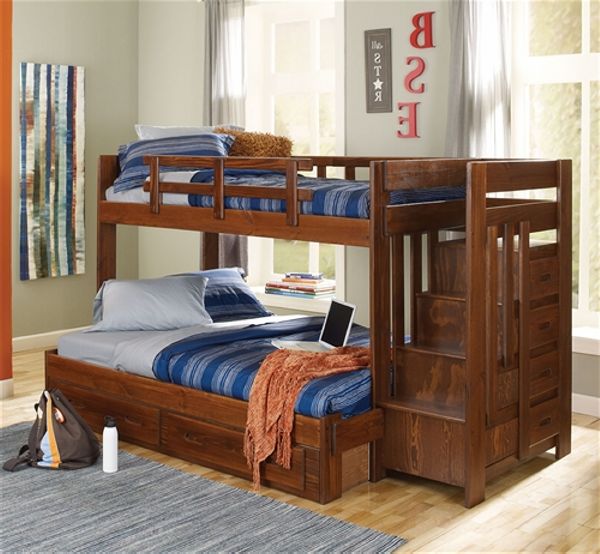Platform Bedstead Frame Queen Plans - Tasks To Be Aware Of While Constructing A Elegant Project
By experimenting with various cabinet and spacing widths, you can find a combination that perfectly fits the length of a wall. Slip the seat support between two front legs, positioning it as shown in photo and in exploded diagram. And that also means there's no huge pile of dirt to get rid of. Be sure to have the highest point of the jig even with the saw table. This creates gripping action to firmly hold the heavy iron pipe. Cut the top and bottom plates and lay out stud positions. The ramp was built from scratch and has a 45-degree angle built in to maximize floor space.
Then drill hole, flip over the jig and clamp it to the other end of door. That called for curved stretchers so he could (official site) comfortably tuck it under his arm. Break out any blocking with a chisel or pry bar. Leave enough space to right and left of the jig to slide long pieces through as you rout dadoes. Then you can easily lock wheelbarrow against the wall. To save time, we decided to confine our taping to intersection of sides and tops of the drywall recesses. A tight joint would reduce the amount of sanding and filling you have to do later.
It also helps to have a random orbit sander, especially for sanding the sides flush before applying the veneer. We drilled a wood ball for a handle knob, but a screw-on ceramic knob also provides a comfortable, attractive grip. I darkened the grout by adding cement colorant to the water. I've discovered a way to minimize the mess when regluing joints. When cutting over a workbench or sawhorses, prop the sandwich on rails for adequate blade clearance below. Once squeezed-out glue has been removed, there's still a chance that some is hiding. After leveling base, make a 'skin' of stained and finished plywood pieces to cover screw holes in base.
Dovetail joints could be craft by hand as they have been for thousands of years, but power tools such as a table saw or a router and jig make job much faster and accessible for total beginners. Cut door blank lengthwise after clamping a straightedge guide to the door. Add black spray paint and exterior stain and you'll have a beautiful, low-maintenance bench. The heat from your fingers also softens the putty for easy application. You'll find it in less expensive khaki-color form, good if you need a disposable belt, and longer-lasting, dark brown premium belts. This will highlight the wood's grain and prevent the stain from absorbing unevenly.
Set a scrap of your molding upside down in the jig and mark the position of the stop. For a neater appearance, buy custom-shaped lumber plugs to fill the pocket holes. Pour between areas you covered first, not on top of them. Cut top cap to length so that the end overhangs match the front. They could also be used to hold chair seats on legs and to hold splines between boards. Hold the doors in perfect position with shims. Brush polyurethane surfaces with a high-quality brush. Every table saw user has horror stories about near misses and not-so-near misses.
For the screws that attach arms and legs to column. It's tempting to just squirt water into dry concrete mix with a hose and mix up a soupy batch of concrete. Tiles and colored glass are most common inlays, but you could also use coins or other metal objects. Drill holes in the legs using a timber scrap cut at 10 degrees to guide you. Leave extra room around it so it could expand and contract freely. Set bottom piece of particleboard onto your workbench and spread carpenter's glue over entire surface using a notched trowel to ensure even coverage.
No more wasting store-bought rollers on a one-time job. That's unfortunate, but you could always make another set cheaply and easily. Drill pilot holes for the nails to avoid splitting the moldings. Nest the timber against miter gauge clear of blade, start up saw, and push timber all way past blade. The lower end of these slots must be open so you can slip parts in place.


